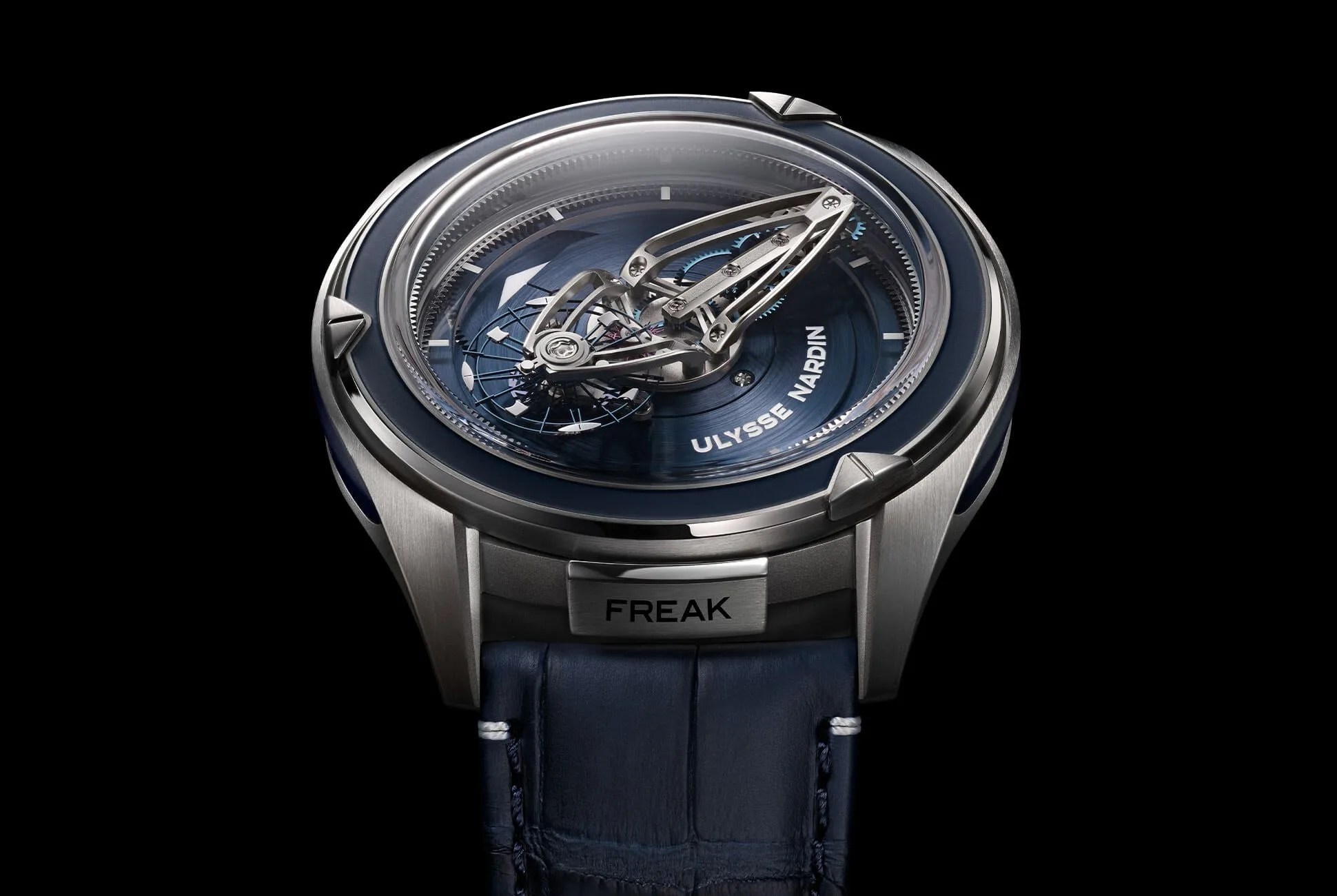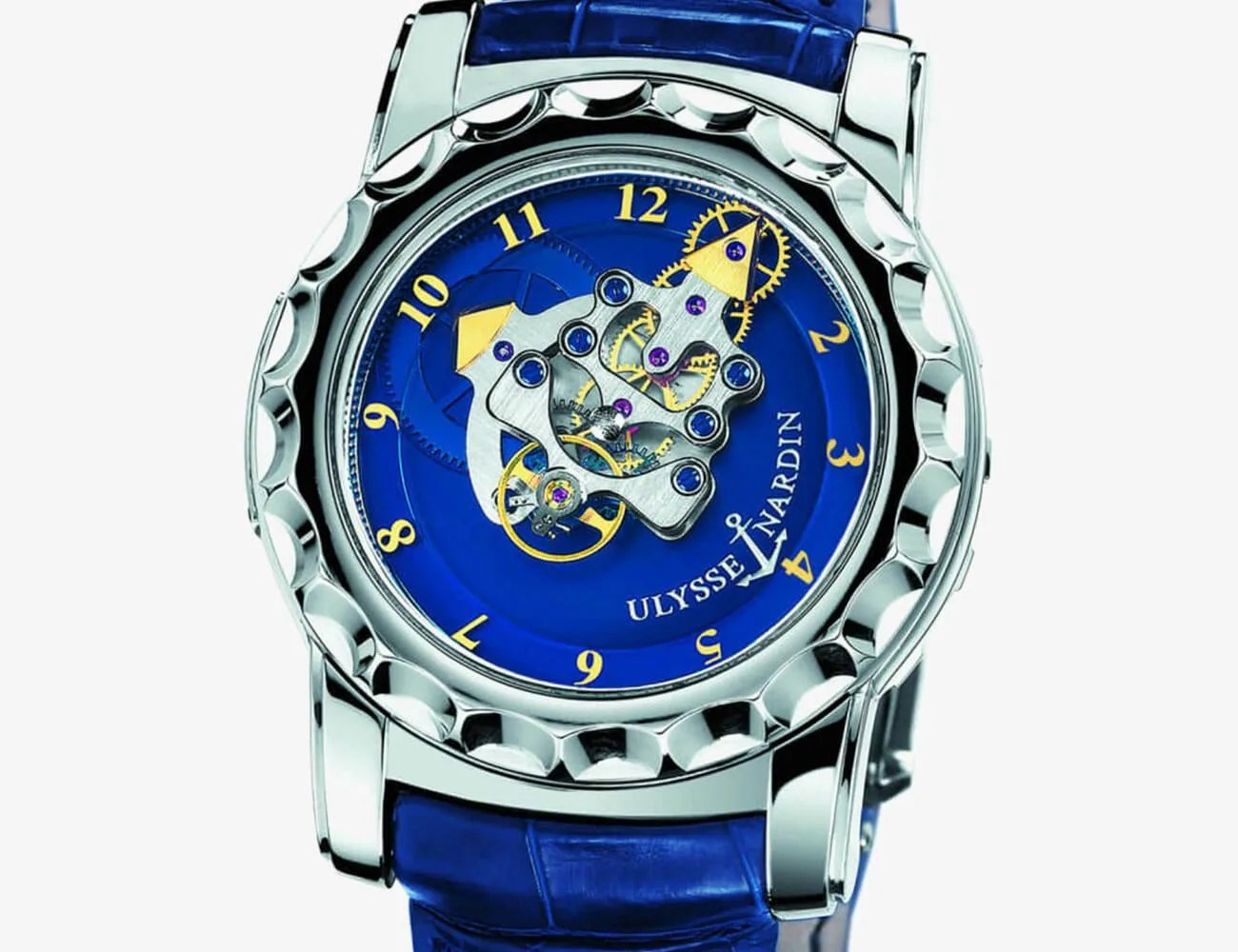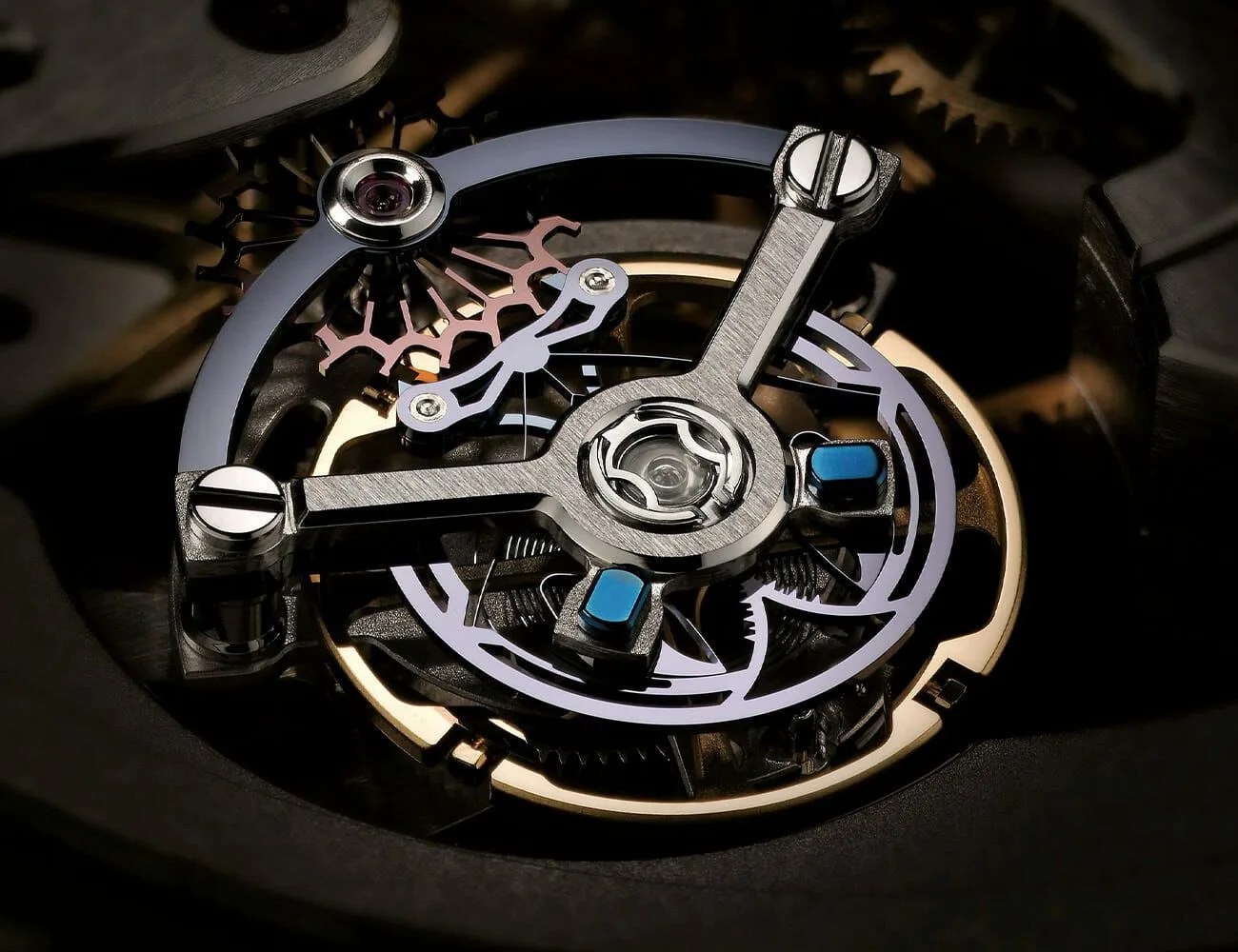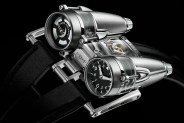Welcome to Watches You Should Know, a biweekly column highlighting little-known watches with interesting backstories and unexpected influence. This week: the Ulysse Nardin Freak.
Who says the mechanical watch industry is stuck in the past? The same incredible material that has made the computing revolution possible is also impacting the world of the tiny spring-powered machines that inefficiently and expensively display the time on our wrists — but which are somehow enchanting. That material is silicon; and when the historic Swiss watch brand Ulysse Nardin introduced the first watch to incorporate it in 2001, called the Freak, it was met with skepticism and controversy.
More Watches You Should Know
• Hamilton Electric
• Omega 30i Tourbillon
• Rado Diastar
Less than two decades later its use is widespread, and it promises to be the watchmaking material of the future. Why is silicon such a good material for watchmaking? To begin with, it’s for some of the same reasons that it’s useful in microchips and solar cells, but silicon is beneficial for other reasons that are pretty specific to watchmaking.
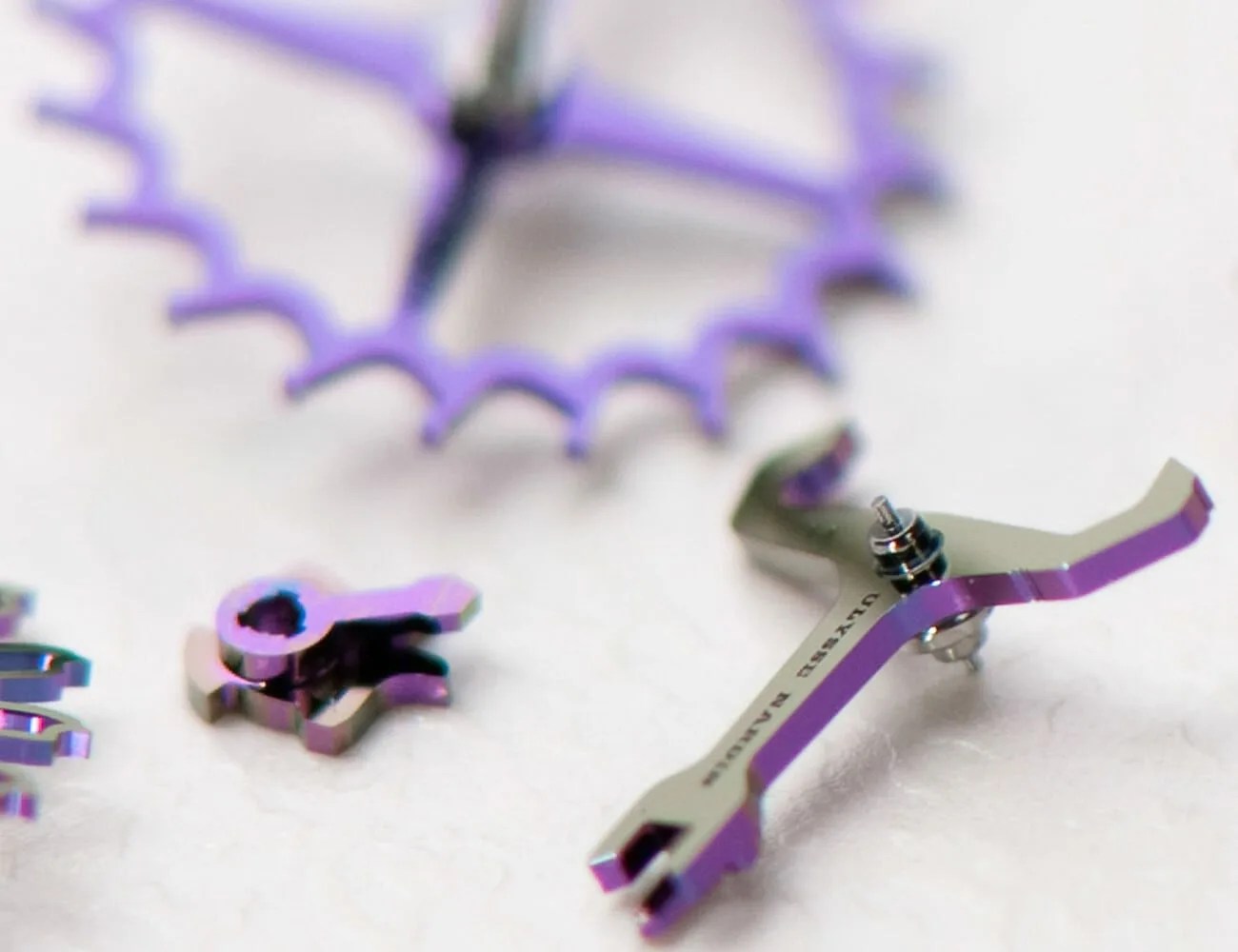
Terms to Know: When people in some parts of the world say “silicium” they mean the same thing as silicon, but “silicone” (with an -e) is something totally different.
Traditional watchmaking materials like steel have inherent properties that have provided watchmakers challenges for centuries. Temperature and magnetism can affect a movement’s timekeeping performance, and friction from interaction between parts eventually causes significant wear. Silicon is unaffected by any of these problems. Since silicon is so hard, it obviates the need for the lubrication traditional watch movements require — and that alone makes a huge impact on movement health and longevity, in part because oil ages as well.
